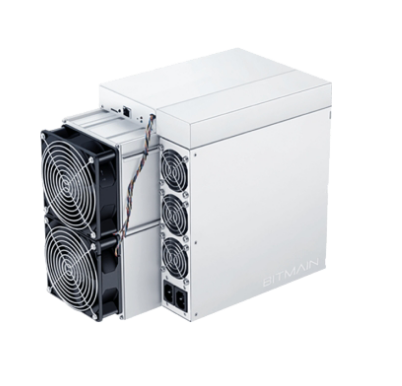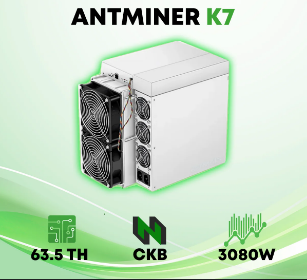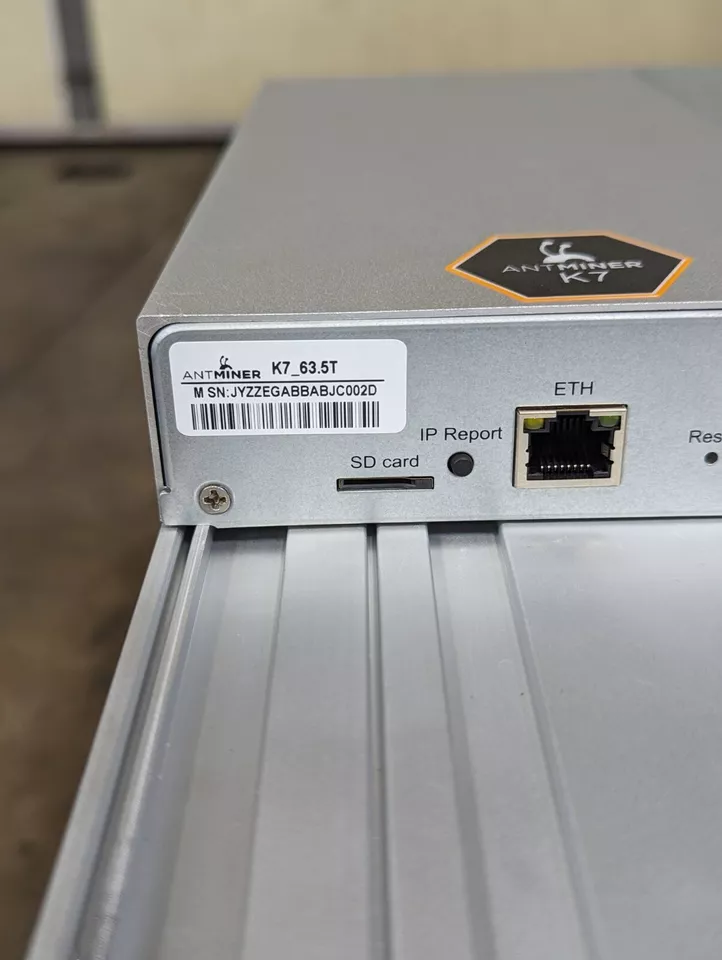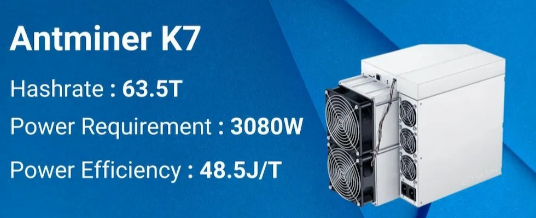CKB Miner K7 Maintenance Schedule: Ensuring Peak Performance and Longevity
The CKB Miner K7 is a powerhouse in the world of cryptocurrency mining, specifically designed for the Eaglesong algorithm that drives the CKB (Nervos Network) cryptocurrency. As one of the most efficient and reliable miners on the market, the K7 offers exceptional performance with a hashrate of 63.5 TH/s and an energy efficiency of 48.5 J/TH. However, like any high-performance machine, the K7 requires regular maintenance to ensure it operates at its full potential and maintains its longevity. In this article, we’ll explore a comprehensive CKB Miner K7 maintenance schedule, providing practical insights and actionable steps for mining operators to keep their equipment running smoothly.
Why Maintenance Matters for the CKB Miner K7
Cryptocurrency mining is a demanding operation, with miners running 24/7 under high computational loads. The CKB Miner K7, while built to withstand these conditions, is not immune to wear and tear. Dust accumulation, overheating, and component degradation can all impact performance over time. A well-planned maintenance schedule helps:
- Maximize uptime: Minimize unexpected downtime caused by hardware failures.
- Optimize performance: Ensure the miner operates at its advertised hashrate and efficiency.
- Extend lifespan: Protect your investment by preventing premature wear and tear.
- Reduce costs: Avoid costly repairs or replacements by addressing issues early.
Key Components to Monitor and Maintain
Before diving into the maintenance schedule, it’s essential to understand the critical components of the CKB Miner K7 that require attention:
- Hash Boards: The heart of the miner, responsible for performing the complex calculations required for mining.
- Cooling System: Includes fans and heat sinks that prevent the miner from overheating.
- Power Supply Unit (PSU): Ensures stable power delivery to the miner.
- Control Board: Manages communication between the miner and the mining pool.
- Cables and Connectors: Ensure proper electrical connections and data transmission.
CKB Miner K7 Maintenance Schedule
Daily Maintenance
- Monitor Performance Metrics
Use the miner’s management interface to check key metrics such as hashrate, temperature, and fan speed. Any significant deviations from normal operating parameters could indicate an issue.
- Inspect for Dust Accumulation
Dust can clog fans and heat sinks, leading to overheating. Use compressed air to remove dust from the exterior vents and fans.
- Check Network Connectivity
Ensure the miner is connected to the internet and communicating with the mining pool. A stable connection is crucial for consistent mining operations.
Weekly Maintenance
- Clean the Interior
Power down the miner and open the casing to clean the interior. Use compressed air to remove dust from the hash boards, fans, and other components. Be gentle to avoid damaging sensitive parts.

- Inspect Fans
Check the cooling fans for signs of wear or damage. Replace any fans that are noisy, vibrating excessively, or not spinning properly.
- Verify Power Connections
Ensure all power cables and connectors are securely attached. Loose connections can cause power fluctuations or even damage the miner.
Monthly Maintenance
- Test the Power Supply Unit (PSU)
Use a multimeter to verify that the PSU is delivering the correct voltage. Replace the PSU if it shows signs of failure, such as inconsistent output or unusual noises.
- Update Firmware
Check for firmware updates from Bitmain. Updated firmware can improve performance, fix bugs, and enhance security.
- Inspect Hash Boards
Look for signs of corrosion, burnt components, or loose connections on the hash boards. Address any issues promptly to prevent further damage.
Quarterly Maintenance
- Deep Clean the Miner
Perform a thorough cleaning of all components, including the hash boards, control board, and cooling system. Consider using an anti-static brush to remove stubborn dust.
- Replace Thermal Paste
Over time, the thermal paste between the chips and heat sinks can degrade. Reapply high-quality thermal paste to ensure efficient heat transfer.
- Check Operating Environment
Evaluate the miner’s environment for factors such as temperature, humidity, and airflow. Make adjustments as needed to maintain optimal conditions.

Annual Maintenance
- Comprehensive Component Inspection
Inspect all components for signs of wear, corrosion, or damage. Replace any parts that are nearing the end of their lifespan.

- Test Backup Systems
If you have backup power supplies or cooling systems, test them to ensure they function correctly in case of a failure.

- Review Mining Strategy
Assess your mining operation’s profitability and efficiency. Consider upgrading to newer models or expanding your mining setup if necessary.
Tips for Effective Maintenance
- Keep a Maintenance Log: Document all maintenance activities, including dates, tasks performed, and any issues identified. This log can help track the miner’s health over time.
- Use Quality Replacement Parts: When replacing components, opt for genuine or high-quality third-party parts to ensure compatibility and reliability.
- Train Your Team: If you operate multiple miners, train your team on proper maintenance procedures to ensure consistency and efficiency.
- Leverage Professional Services: For complex repairs or upgrades, consider using professional services like Minerfixes, which specializes in spare parts and repairs for the CKB Miner K7.
The Role of the CKB Miner K7’s Design in Maintenance
One of the standout features of the CKB Miner K7 is its modular design, which simplifies maintenance and repairs. Key components like hash boards, fans, and power supplies are easily accessible and replaceable, reducing downtime. Additionally, the miner’s advanced cooling system and durable construction minimize the risk of overheating and component failure, further enhancing its reliability.
Conclusion
A well-executed CKB Miner K7 maintenance schedule is essential for maximizing the miner’s performance, extending its lifespan, and protecting your investment. By following the guidelines outlined in this article, mining operators can ensure their K7 miners remain in peak condition, delivering consistent results and profitability. Remember, proactive maintenance not only prevents costly repairs but also positions you to capitalize on the growing potential of the CKB cryptocurrency and the Eaglesong algorithm. With the right care and attention, your CKB Miner K7 will continue to be a valuable asset in your mining operation for years to come.